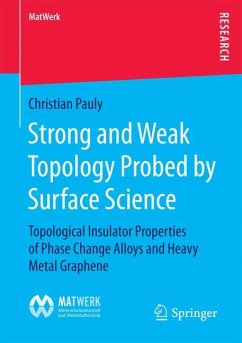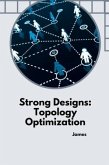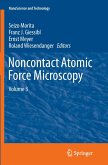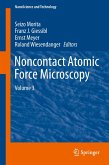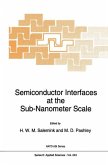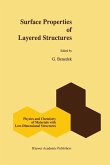Christian Pauly demonstrates the strong topological properties of the technologically relevant phase change materials Sb 2 Te 3 and Ge 2 Sb 2 Te 5 by using two powerful techniques for mapping the surface electronic structure: scanning tunneling spectroscopy (STS) and angle-resolved photoemission spectroscopy (ARPES). In the case of a phase change material, this opens up the possibility of switching between an insulating amorphous and a conducting topological phase on nanosecond-time scales. Moreover, the author presents first experimental results of a weak topological insulator, namely on the bismuth-based graphene-like sheet system Bi 14 Rh 3 I 9 , revealing a topologically protected one-dimensional edge channel as its fingerprint. The edge state is as narrow as 0.8 nm, making it extremely attractive to device physics. Those strong and weak topological insulators are a new phase of quantum matter giving rise to robust boundary states which are protected from backscattering and localization.
Bitte wählen Sie Ihr Anliegen aus.
Rechnungen
Retourenschein anfordern
Bestellstatus
Storno

